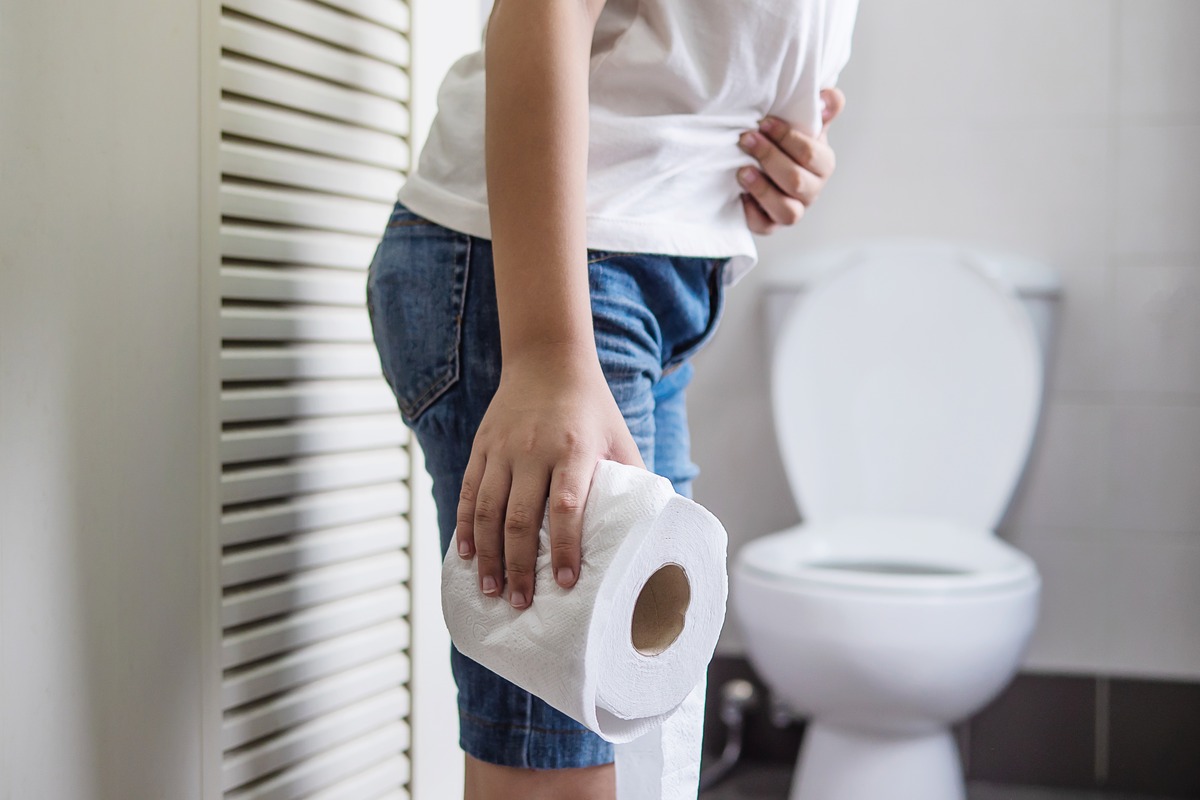
Hemorrhoids, a common but often misunderstood condition, affect millions of individuals worldwide. Despite its prevalence, there’s a plethora of misinformation surrounding hemorrhoids that can lead to confusion, unnecessary anxiety, and inadequate treatment. In this comprehensive article, we embark on a journey to unravel the truth behind hemorrhoids by separating the facts from the hemorrhoid myths. By dispelling misconceptions and shedding light on accurate information, we aim to empower readers with the knowledge they need to manage and prevent hemorrhoids effectively.
Hemorrhoids, also known as piles, are vascular structures located in the anal canal. They play a crucial role in controlling bowel movements and maintaining proper continence. Unfortunately, due to their sensitive location and the discomfort they can cause, hemorrhoids have become a subject of numerous misconceptions that often hinder individuals from seeking appropriate medical advice.
As we delve into this topic, we’ll address common myths such as the belief that only older adults are prone to hemorrhoids or that they’re exclusively caused by prolonged sitting. We’ll explore the real factors that contribute to the development of hemorrhoids, including lifestyle, diet, and genetics. Furthermore, we’ll discuss the various treatment options available, from home remedies to medical interventions, while dispelling the myth that hemorrhoids are an untreatable condition. Read on to learn more.
Myth #1: Only Older People Get Hemorrhoids
One prevalent myth surrounding hemorrhoids is the misconception that they exclusively affect older individuals. While it’s true that the risk of developing hemorrhoids increases with age due to factors such as weakened rectal tissues and reduced blood circulation, hemorrhoids can affect people of all ages. In fact, younger adults and even teenagers can experience hemorrhoids due to factors like sedentary lifestyles, poor dietary habits, and chronic constipation.
By debunking this myth, we acknowledge that age is just one of several contributing factors, and that anyone, regardless of their age, should be aware of the preventive measures and treatment options available to maintain optimal anal health. Regular exercise, a fiber-rich diet, and maintaining proper hydration are essential steps for people of all ages in preventing the development of hemorrhoids.
Myth #2: Hemorrhoids are Always Painful
Another common hemorrhoid misconception is that hemorrhoids are always accompanied by intense pain. Pain can certainly be a symptom of hemorrhoids, but it’s not a universal experience.
Hemorrhoids are classified into two types — internal and external. Internal hemorrhoids, which are located inside the rectum, often don’t cause pain but can lead to discomfort, bleeding, and a feeling of fullness. External hemorrhoids, on the other hand, can cause pain, itching, and irritation, especially if they become thrombosed (filled with blood clots).
However, many individuals with hemorrhoids might not experience pain at all. Some may only notice occasional discomfort, itching, or bleeding during bowel movements. This debunking underscores the importance of recognizing the diverse range of symptoms associated with hemorrhoids. It’s crucial not to dismiss any potential signs, and individuals who suspect they have hemorrhoids, whether painful or not, should seek proper medical advice for an accurate diagnosis and appropriate management strategies.
Myth #3: Hemorrhoids are a Sign of Colorectal Cancer
Another particularly concerning myth surrounding hemorrhoids is the mistaken belief that their presence always indicates colorectal cancer. While it’s true that some symptoms of hemorrhoids, such as rectal bleeding, can overlap with those of colorectal cancer, it’s essential to understand that hemorrhoids themselves are a distinct condition.
Hemorrhoids are swollen blood vessels in the anal and rectal area, often triggered by factors like straining during bowel movements, pregnancy, or chronic constipation. On the other hand, colorectal cancer is a serious disease that involves the abnormal growth of cells in the colon or rectum. While both conditions may lead to rectal bleeding, colorectal cancer symptoms often extend beyond hemorrhoid-related symptoms and might include unexplained weight loss, changes in bowel habits, and persistent fatigue.
Debunking this myth emphasizes the significance of consulting a medical professional for proper evaluation when experiencing any concerning symptoms. Timely medical attention can help differentiate between hemorrhoids and potential signs of more serious conditions, such as colorectal cancer, ensuring appropriate diagnosis and treatment.
Myth #4: Hemorrhoids are Caused by Sitting on Cold Surfaces
The notion that sitting on cold surfaces directly causes their development is a persistent fallacy. While cold surfaces can cause temporary discomfort and may potentially contribute to blood vessel constriction in the area, they are not a direct cause of hemorrhoids. Hemorrhoids primarily develop due to increased pressure on the veins in the rectal and anal region. Factors such as chronic constipation, prolonged straining during bowel movements, obesity, and a sedentary lifestyle can lead to the development of hemorrhoids.
Debunking this myth highlights the importance of addressing the actual root causes of hemorrhoids, rather than attributing them to external factors. Maintaining a healthy lifestyle, including regular exercise, a balanced diet rich in fiber, and staying hydrated, are more effective measures in preventing hemorrhoids than avoiding cold surfaces. Understanding the true causes empowers individuals to make informed choices that promote anal health and minimize the risk of hemorrhoid development.
Key Takeaway
In a world filled with information and misinformation alike, it’s crucial to unravel the truth behind common misconceptions, particularly when it comes to matters of health. Throughout this exploration into the realm of hemorrhoids, we’ve dispelled prevailing myths to shed light on accurate information. We’ve not only demystified the condition itself but also reinforced the importance of accurate information in maintaining our overall well-being. Armed with this knowledge, we’re better equipped to separate fact from fiction, paving the way for a healthier, more informed journey toward optimal anal health.

